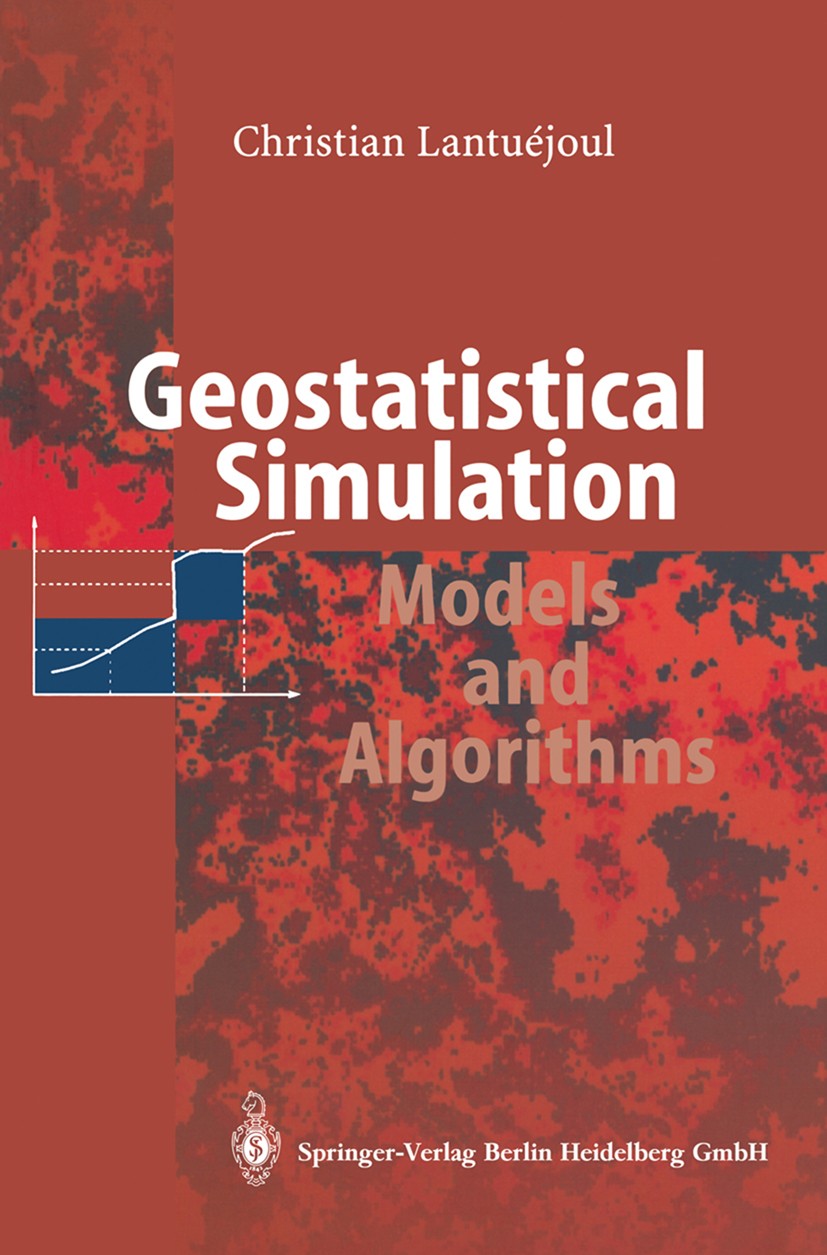| 书目名称 | Geostatistical Simulation |
| 副标题 | Models and Algorithm |
| 编辑 | Christian Lantuéjoul |
| 视频video | http://file.papertrans.cn/385/384093/384093.mp4 |
| 概述 | Clear separation of models, from methods and algorithms.Coherent overview of the subject.Includes supplementary material: |
| 图书封面 |  |
| 描述 | 1. 1 Simulation versus estimation The following problem was raised by Alfaro (1979). A submarine cable has to be laid across the straits of Gibraltar. How can its length be predicted if the depth of the sea floor has been measured sparsely along its trajectory? Fig. 1. 1. Part of the actual trajectory and sample data points An exact determination of the length requires knowledge of the depth at each point of the trajectory. But these are mostly unknown. In a geostatistical set ting, they are considered as random and can be estimated by linear regression starting from the available data points. This suggests estimating the actual length as the length of the estimated trajectory. The results turn out to be disappointing. The length of the trajectory is seriously underestimated (see Figure 1. 2). Clearly, the estimated trajectory is much smoother than the actual one. Fig. 1. 2. Part of the actual trajectory and its estimate from linear regression. In this particular example, the estimated trajectory is piecewise linear because the linear regression has been carried out using an exponential covariance function 2 1. Introduction What is really questionable in this procedure is not the |
| 出版日期 | Textbook 2002 |
| 关键词 | Conditional Simulations; Stereology; Stochastic Geometry; digital elevation model; mining; statistics; min |
| 版次 | 1 |
| doi | https://doi.org/10.1007/978-3-662-04808-5 |
| isbn_softcover | 978-3-642-07582-7 |
| isbn_ebook | 978-3-662-04808-5 |
| copyright | Springer-Verlag Berlin Heidelberg 2002 |
 |Archiver|手机版|小黑屋|
派博传思国际
( 京公网安备110108008328)
GMT+8, 2025-12-16 04:50
|Archiver|手机版|小黑屋|
派博传思国际
( 京公网安备110108008328)
GMT+8, 2025-12-16 04:50


